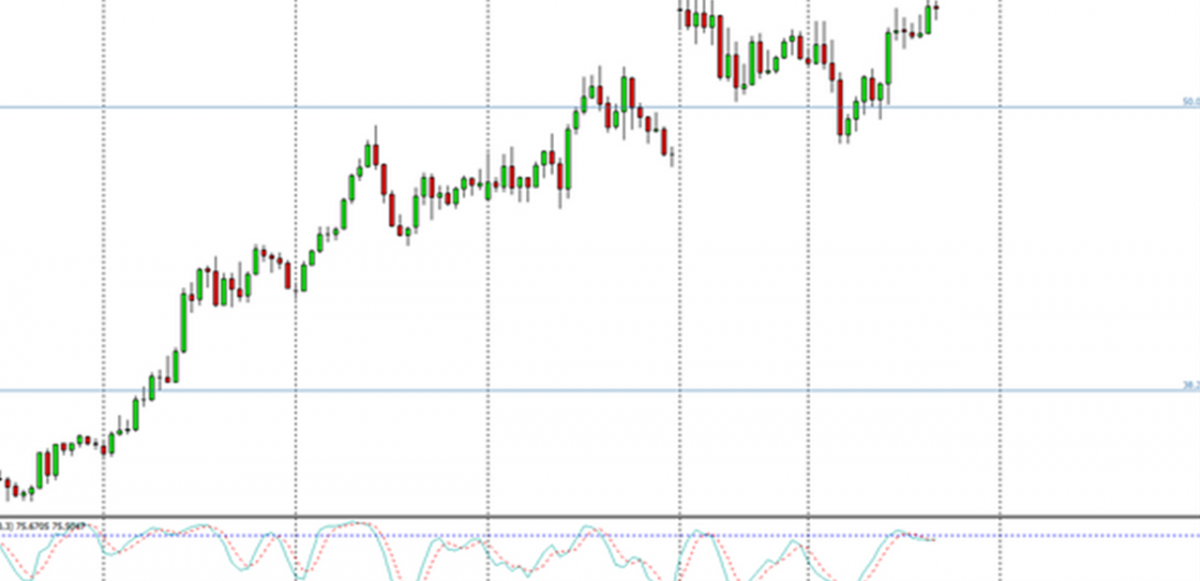AUD/USD Nears 0.6680 as FOMC Minutes and US Employment Data Awaited
The Australian Dollar (AUD) is approaching 0.6680 against the US Dollar (USD), indicating a correction during the Asian trading period. This shift occurs as investors adopt a cautious stance in anticipation of the Federal Open Market Committee (FOMC) minutes and data on the US labor market. This anticipation has led to increased selling pressure on the AUD.
Market activity has been relatively subdued, with minor losses shown in S&P500 futures. This is primarily attributed to the shorter trading week due to the Independence Day holiday on Tuesday. Nevertheless, Wednesday’s US markets are expected to be volatile as investors look to finalize their positions.
The US Dollar Index (DXY), an indicator of the dollar’s strength against a group of major currencies, continues to hover comfortably above the key resistance level of 103.00. Investors are optimistic that the upcoming FOMC minutes may provide encouraging indications that Federal Reserve (Fed) Chair Jerome Powell could implement two rate hikes by year-end.
However, contrasting expectations from the money market predict only one more rate increase, owing to the less-than-promising signs from the US economic outlook. This difference in expectations underscores the current uncertainty and divergent views within financial markets.
Apart from the FOMC minutes, the US Automatic Data Processing (ADP) Employment Change data for June will also be closely scrutinized by investors. The ADP report is expected to show a decline in Employment Change to 180K for June, down from the previous figure of 278K. This data serves as a barometer for the state of the labor market and can sway currency valuations.
Concurrently, the Australian Dollar has been under selling pressure due to disappointing Caixin Services PMI data from China. The index, which gauges the health of China’s services sector, has fallen sharply to 53.9 from the previous reading of 57.1. This suggests that China’s economy is struggling to rebound, despite significant intervention from the Chinese government and the People’s Bank of China (PBoC).
Given that Australia is China’s largest trading partner, any downturn in Chinese services could adversely affect the Australian Dollar. Consequently, investors will be closely monitoring developments in both the Australian and Chinese economies, along with key economic indicators from the US, to make informed decisions regarding their AUD/USD positions.

.webp)



